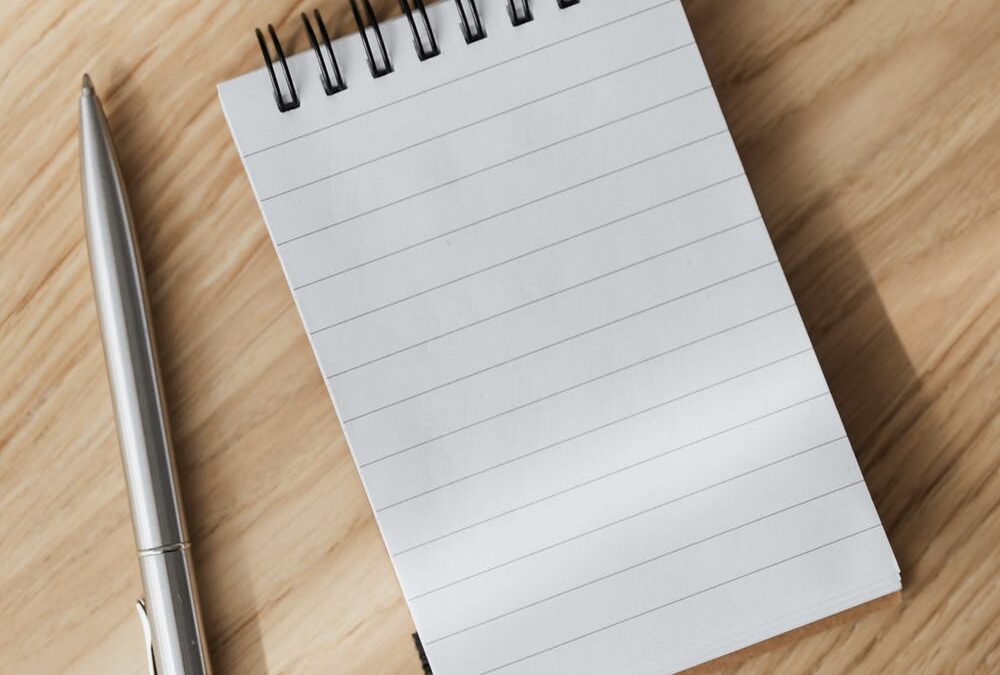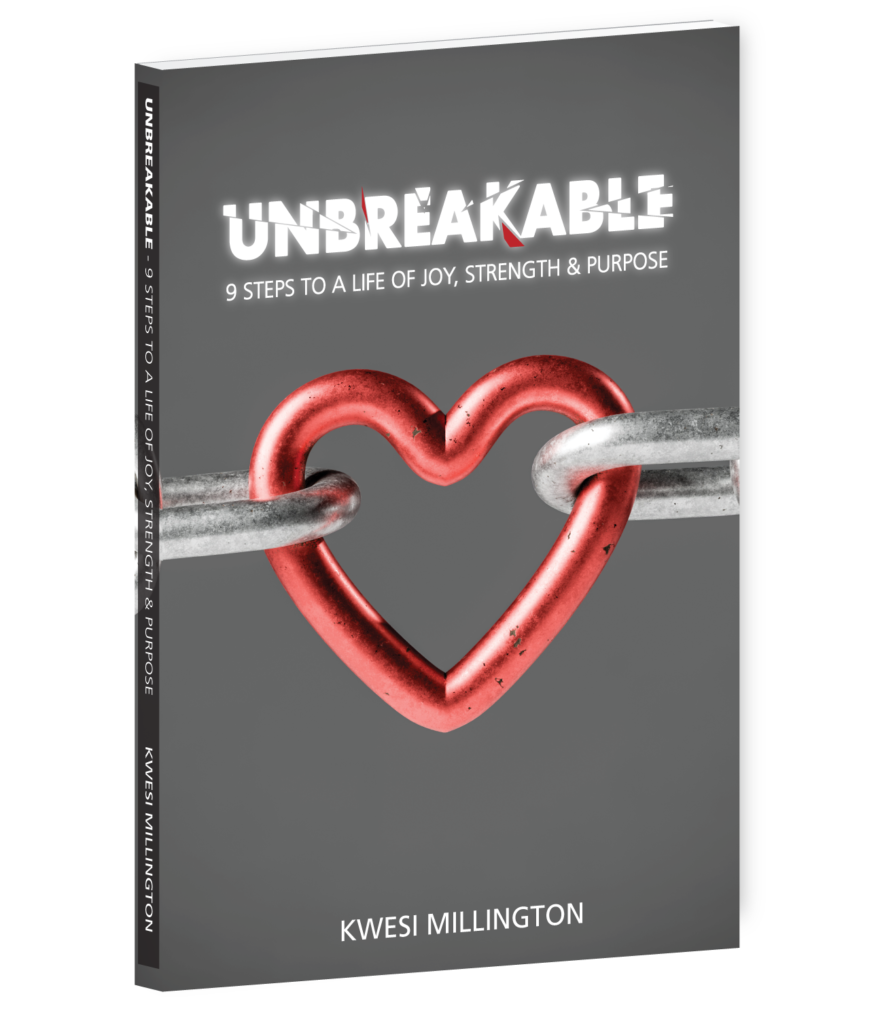That sounds so cliché. “Re-define yourself.” However, sometimes it’s necessary to consider. For some, the definition of who they are and what they do becomes so blurred that if one is taken away, it feels as if the other is being lost as well.
For years I identified myself as a “Mountie”. A police officer. A member of Canada’s National Police Force, the RCMP. That was what I did. But with all of the overtime, “Red Serge” duty, and time I spent with other officers off the job as well as on, it became WHO I was as well. The lines became blurred. So when I was charged with a crime I didn’t commit in 2011 – when that career was threatened – I felt as if I was losing my sense of identity. I couldn’t define who I was if I didn’t do what I had been doing everyday. I had to come up with a new answer to the question: “Who am I?”
Why is it vital to answer this question? Because when you attach your identity solely to what you do, it becomes difficult to reveal who you are when you’re no longer “on the clock”. And if that part of your identity disappears and you’ve hung on to that piece of yourself as most important, what’s left when it’s gone? Or better yet, WHO’S left when it’s gone?
In answering that question, here are five ways to give yourself a stronger sense of self – a clearer picture of who you are outside of what you do. This clarity will prevent what happens to far too many – a complete breakdown when their professional identity is damaged or lost.
Step #1 – Acquire Knowledge
Seeing strength makes you stronger.
Read about people who have gone through struggle. Look up biographies and stories of personal strength. Find yourself in the histories of those who have been knocked down and found a way to rise.
Start by reading biographies and books about others. Take it a step further by breaking down the actual processes and steps these people used to overcome adversity. Use the strength of others who have faced obstacles to build your own resilience.
Step #2 – Try Something New
When is the last time you tried something for the first time?
When I had to look at options outside of policing, I had a hard time accepting that. The best way I found to build a new identity was to start trying new things. I got back into fitness, which I was familiar with, but then I entered a fitness competition, which was totally new. I started to learn public speaking with Toastmasters International. I even took a real estate agent course.
Remember this – You’ll never find your calling from your couch. In answering the question “Who am I?”, contemplation alone is insufficient. You must take action. What can you try to learn who you are?
Step #3 – Create Connections
You can’t create the new you with old friends.
Listen, I’ve known my closest friends since high school. My very best friend since I was eight years old. I love my inner circle. They gave me amazing insight into what they think I’m good at. They know me best and often see things in myself that I don’t see. That being said, I needed to reach out to find a new sense of purpose.
When I started to speak, I needed to start getting around speakers. In order to coach, I needed one myself. Whenever you want to try something new, you need new people to help and guide you. As a police officer on the west coast of Canada, I had virtually all policing friends. There was no way I could discover new possibilities until I expanded my network. Do this: try getting around people who have nothing to do with your current field. Expand your network, and create new connections.
Step #4 – Find your Flow
The self expands through acts of self forgetfulness. (Mihaly Csikszentmihalyi)
Have you ever been in the midst of doing something, and got so lost in it that you forgot about the time? Other than surfing social media? Think about something you do that feels effortless at times, has a purpose, but that you could do for hours without getting bored (mind out of the gutter please!). Yes that includes many things, but is there a hobby or task that to others may feel like work, but to you feels natural and relatively easy? I love to write, that’s my “flow” as author Mihaly Csikszentmihaly calls it. Start to notice and remember the things that you do where time seems to disappear. Chances are there is potential for a new you in there.
Step #5 – Discover Your Strengths
Your strengths will guide you more than your weaknesses.
Some say discover your strengths, others say know your weaknesses. There is some wisdom in both approaches. However, if we have a limited amount of time to this life, why not hone in on the positive and maximize those areas? If you feel lost as to what to do or what direction to go, take a test to help you start the process. There are assessments such as DISC and Myers-Briggs. There are books such as What Color is Your Parachute?, Personality Plus and Now, Discover Your Strengths. Knowing your personality and strengths will help you not only when dealing with other people, but to find the areas where you are most likely to shine and thrive.
Use these five steps to define and re-define yourself in life. Remember that you are not the only one who’s ever had to do this. Many people have had the “Who am I?” or “Why am I here?” thoughts. Most people don’t ever try to answer these questions. Make sure you do – your life, level of satisfaction and personal happiness depend on it.
So who are you?


